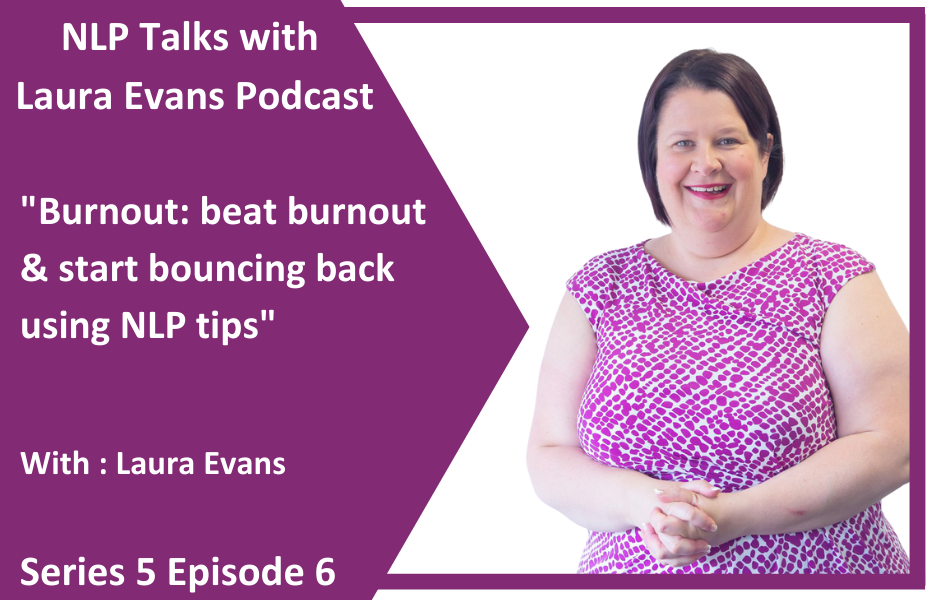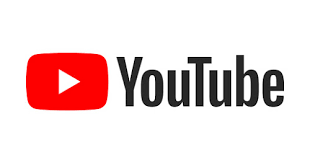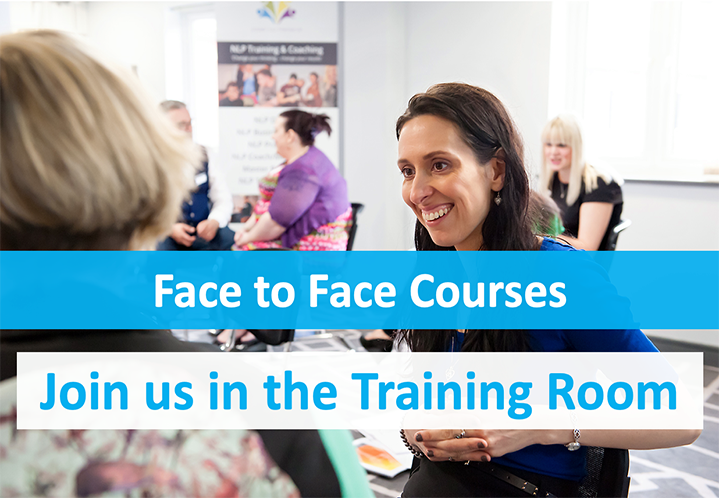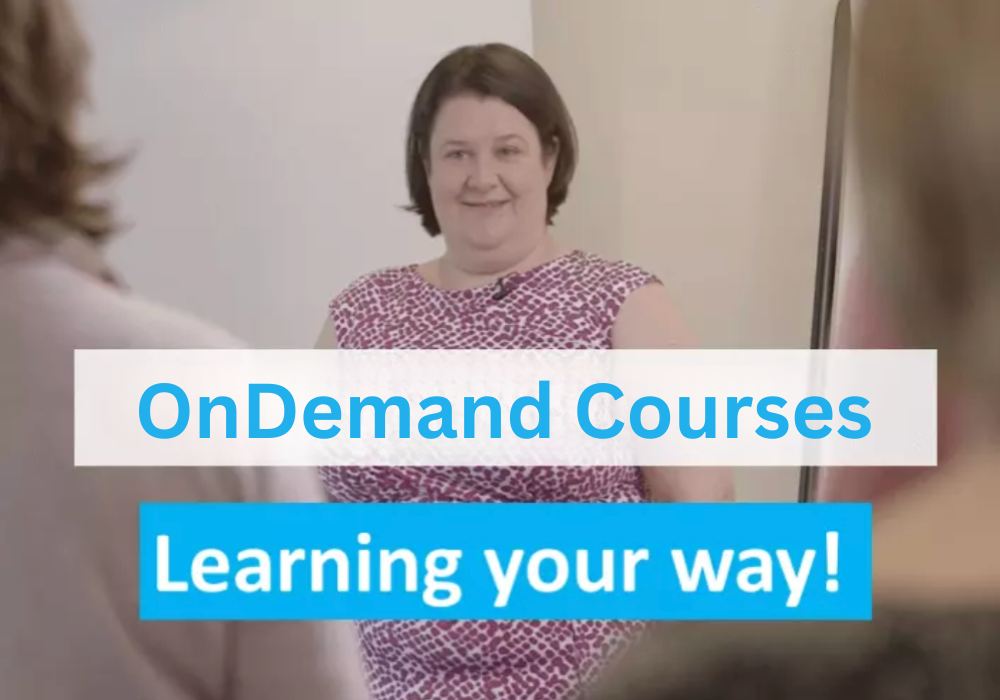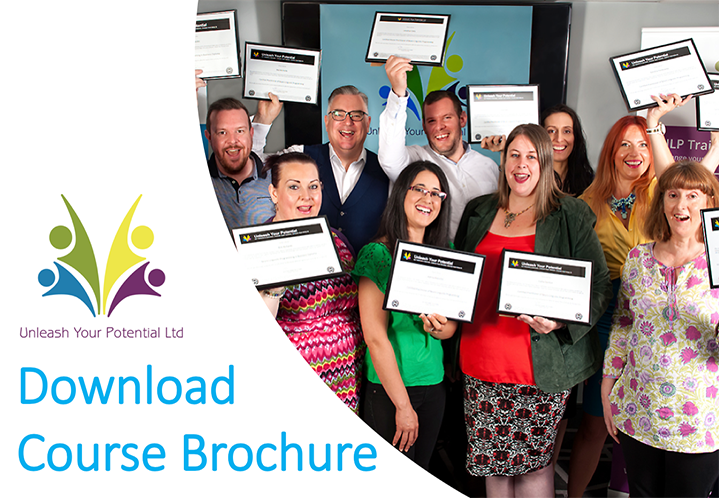Burnout: beat burnout & start bouncing back using NLP tips
– featuring Laura Evans
Series 5 – Episode 6
SHOW NOTES
Burnout: beat burnout & start bouncing back using NLP tips
– featuring Laura Evans
Are you burning out?
Are you already burnt out?
Do you know someone who suffers from burnout?
Perhaps someone who’s exhausted?
Are you interested in steps to prevent or avoid burnout?
Burnout is probably the number 1 wellbeing issue in 2021.
In this episode, I take a deep dive into the topic of burnout. Having been burnt out several years ago, I have personal experiences to share and tips about the steps you can take to help yourself.
The honest truth is that ‘self care’ (as most of us know it) is simply not enough and alone won’t give the outcomes you crave.
The truth is that behaviours, choices and beliefs are where it’s at – a focus on these will bring more far reaching results for you in the area of burnout.
There is a free 24 page ebook “The Burnout Field Guide” that accompanies this episode with practice tips, exercises and templates you can use to put a plan in place to better prevent, reduce or more effectively beat burnout. Get your free copy here
If you know someone who would benefit from hearing this episode please share it with them – it could just be the one thing they need to hear right now.
If you want to take action to beat burnout, listen in today!
The Choice Is Yours – Get “The Burnout Field Guide” EBook
Accompanying this podcast episode is a FREE E-Book “The Burnout Field Guide” which you can download to work with as you listen to the episode or for later, the choice is yours…. ACCESS THE FREE E BOOK here.
What Is Burnout
Burnout is set to be the number topic of 2021, following the pandemic and getting back to normal life (as much as we can).
With the stresses and strains of working through the global pandemic, many of us have had to juggle much more than we have ever had to in the past. Experiencing potential emotional and mental overload as we have had to work from home, we have had to deal with business challenges, the parental challenges of working from home and homeschooling and so much more.
This has seen a rapid rise in people struggling and unable to bounce back with their energy levels, so much so that the World Health Organisation identified that employee burnout is an issue. They have identified burnout as an occupational phenomenon.
In the eleventh revision of the International classification of diseases, the handbook describes burnout “as a syndrome conceptualized as a resulting from chronic work placed stress that has not been successfully managed.”
On Google, another description of burnout states “burnout is a state of emotional and physical exhaustion, that is brought upon by long periods of constant unrelating stress that renders you feeling dejected and depleted”
Laura suffered burnout on a massive scale when she was employed and shares how burnout felt for her.
Burnout is not new and the pandemic has positively raised awareness of this state.
What Does The Data Tell Us?
The job site Indeed.com carried out surveys on 1500 US workers in January 2020, 67% of respondents on an Indeed survey said that burnout was worsening since the pandemic. Laura shares a number of other surveys and statistics showing evidence that burnout is on the rise.
Boundaries
Boundaries play a massive part in protection from burnout, the famous quote “If you don’t make time for your wellness, you will ultimately make time for your illness.” becomes true with burnout. Many people working from home have been unable to disconnect from the office, blurring boundaries and them being unable to switch off.
How Do We Help People With Burnout?
All over LinkedIn, people are posting that organisations should take responsibility for their staff, that organisations need to look at their workplace culture and stop the burnout. Organisations are grappling with how they can help their employees as burnout is not going to go away, but shouldn’t individuals take personal responsibility for themselves?
Laura admits that she lacked self-care, worked long hours and had a lack of boundaries when employed and recognised this when she suffered burnout.
We are all good at blaming companies, but actually, we as individuals have a responsibility to take care of ourselves.
There are companies making great strides to help their employees, for example, LinkedIn gave their staff members a paid week off and encouraged their employees to unplug and recharge to try and combat burnout.
Organisations can only do so much, personal responsibility is down to the individual.
The NLP Cause & Effect Equation
In NLP we have the cause and effect equation, where we either sit at the effect side of life, where we are affected by everything externally or we sit at the cause side of life. Where we recognise that we are at cause, taking responsibility of our lives, actions, and thoughts.
To be at cause, means you wholly accept responsibility, you recognise you have a choice about who you are, what you do and how you react to others. You can ask yourself the questions, what can I do, what could I do and what are the options. You have choices, you choose your behaviour and you choose your beliefs.
Take Time Out To See The Bigger Picture
When we are in the midst of burnout, we often don’t take time out. To stop and take time out and look at the bigger picture helps us, we can often see smarter ways of working, we can see other choices or opportunities that we miss when we are head down lost in work.
In NLP we have a technique called Perceptual positions and this is a great tool to view ourselves objectively and find solutions 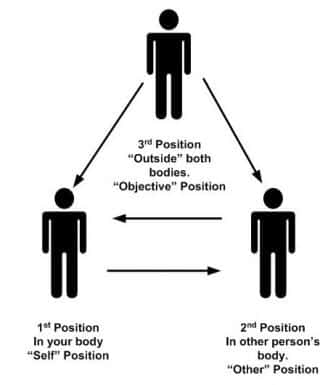 which encourages us to look at a problem or conflict from a number of angles, one being from ‘2nd position’ which is from the other person’s point of view.
which encourages us to look at a problem or conflict from a number of angles, one being from ‘2nd position’ which is from the other person’s point of view.
Some people are very good at considering the needs and concerns of others. For a ‘self-centred’ person, stepping into someone else’s shoes will be a real, but very worthy challenge.
When using Perceptual Positions with a client, I firstly get them to talk about the conflict or problem from their own point of view (known as 1st position, where they are fully associated into the problem – what is going on for you? what are you seeing, hearing and feeling? Where is your focus?).
I get them to ‘break state’ (which essentially means to step out of that role) and then get them to walk to a different part of the room and get into ‘character’ imagining they were the another person (2nd position) – what would they be seeing, hearing, thinking, feeling etc what is going on for them as another person? – get the story really rolling and keep associated (including using sensory based descriptions).
When you do this in 2nd position new insights appear – you’re starting to see things form another point of view.
This technique also plays right into one of the NLP presuppositions ‘the map is not the territory’ – the map is our interpretation of the territory based on our view of it – the information we have, what we see, hear and feel (and sometimes we don’t get it right!)
What is the independent view on this? – within perceptual positions, this know as the ‘3rd position’ – you take on the role of a 3rd, independent person, detached, observing the interactions between the 2 people – much like a coach might.
This 3rd position encourages impartial insight – a bit like the ‘wise old owl’ or as if you were watching the burnout scenario play out of the TV.
Playing through the interactions between the 2 people as a bystander often brings about a new perspective that is grounded in neither of the (sometimes passionate) views of either party.
Then take the lessons you have learned from all positions and plan the next move.
Body Scan Exercise
Laura leads a body scan exercise in the podcast, and you can find the instructions in the free PDF EBook “The Burnout Field Guide” which you can find here.
Daring To Rest
Laura recommends the book Daring to Rest: Reclaim your power with yoga Nidra Rest Meditation by Karen Brody.
In Daring to Rest, Karen Brody introduces you to yoga nidra through guided meditations and a transformative 40-day program.
By directly accessing our subconscious mind, this practice helps shift the long-held patterns that prevent us from stepping fully into our purpose and power.
This book teaches us to go to sleep in order to wake up, helping exhausted women everywhere break the vicious cycle of fatigue and live the rich, full lives we deserve. If you want to read more find Daring To Rest here.
Awareness – Start Saying NO!
Laura has written the Ebook ” The Buronout Field Guide” that accompanies this podcast episode and many of the exercises she talks about can be found in the free download.
Bringing awareness to your thoughts and actions can help prevent you from burnout.
Taking responsibility and managing ourselves consciously is a skill.
Saying no can be a real issue.
We often find ourselves saying yes to things in our lives where we really wanted to say no.
If you want to get better at saying ‘No’ to people, take a look at Laura’s Youtube video here.
You can find the Saying No PDF download here.
Find all the questions that Laura poses in the NLP Podcast episode free eBook download, the workbook gives you the opportunity for reflection and the planning of self-care, and downtime to prevent burnout.
Are You Serious?
Are you serious about stopping burnout and changing your patterns and programs? Perhaps you could consider joining Laura in the training room on her NLP Practitioner Course.
The course is 7 days of the ultimate personal transformation, learning NLP and changing your unconscious patterns for the better. You can always get in touch and drop an email to [email protected] where Lyn would be delighted to give you the details of the next NLP Practitioner course.
Burnout Is Preventable
Laura believes that burnout is absolutely convinced that burnout is preventable, you just have to notice what is happening, make some changes and pay attention to yourself.
Make sure that you unleash your potential!
Host Bio
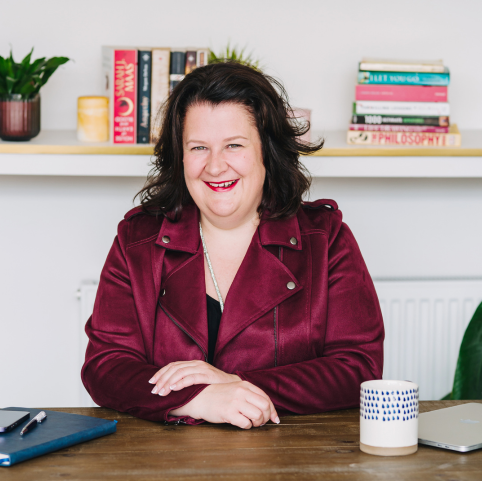
Name: Laura Evans
Job Title: International Master Trainer of NLP at Unleash Your Potential Ltd
Bio: After 15 years in HR and Training roles in corporate life Laura decided to follow her passion of how the mind works, empowering people & helping them unleash their potential. She started studying NLP in 2008, is a Certified Trainer of NLP (accredited by the ABNLP & ANLP) and Master Coach. Laura set up Unleash Your Potential Ltd in 2014 and runs NLP, Time Line Therapy™, Hypnosis & NLP Coaching courses from Cardiff and Cornwall and offers OnDemand courses for those who cant get to her live. Having trained over 900 NLP Professionals, and become the UK's Leading NLP Training Provider 2022, 2023, 2024 an 2025, Laura was delighted to become a Certified Master Trainer of NLP with the IFNLP in 2025 (the first in the UK!). A chartered member of the CIPD, Laura is also a qualified ILM Level 7 Executive Coach/Mentor and Member of Institute of Directors. With NLP, Laura was amazed at how quickly and easily she could change things that had held her back for years and saw astonishing results! She brings a sense of fun, energy and passion to her courses – “she is one of the [NLP] industry’s rising stars!”
Coaching Specialisms: Coaches, Business Owners, Leaders & Professionals
Web Address: www.unleashyourpotential.org.uk
Email Address: [email protected]

